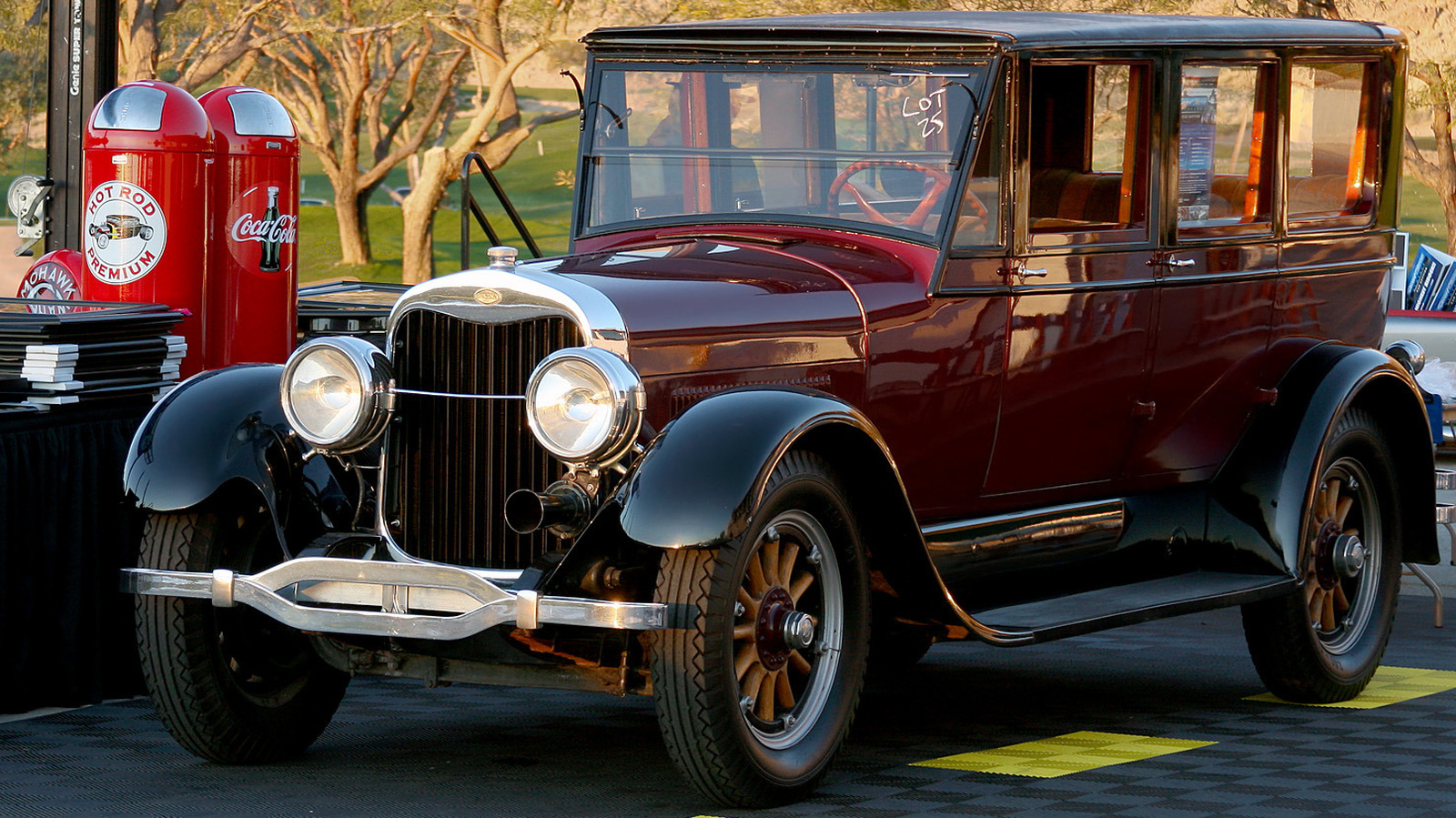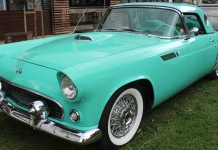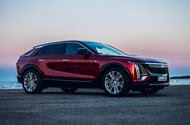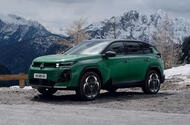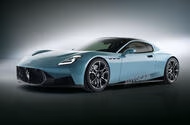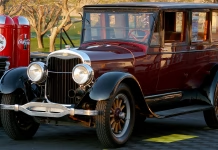Celebrating Diverse Rising Stars Shaping the Future of the Automotive Industry
 Drivers of Change awards return to celebrate new automotive talent from under-represented backgrounds
Drivers of Change awards return to celebrate new automotive talent from under-represented backgrounds
Autocar’s Drivers of Change awards will return on 13 November following a successful launch earlier this year and this time will champion diverse talent in the industry.
Held in association with the SMMT at Stellantis's UK headquarters in Coventry, the second edition of Drivers of Change will celebrate new talent from across the industry – individuals who are either apprentices or in the first two years of their career.
The goal of Drivers of Change is to celebrate the automotive industry as a place where you can have a thriving career irrespective of your background and to promote the industry as a great place to work for those from all different backgrounds.
In the second edition of these awards, Drivers of Change: New Talent, that can be as simple as having started and made an impact in a first role in the industry - having joined, for example, from a background that is typically under-represented in the industry.
We encourage you to spread the word and consider nominating anyone from your wider organisation – no matter which sector of the automotive industry – who meets these broad criteria and has a compelling story to tell.
Entries are now open - submit your nomination here.
There will be no specific categories in which to enter and anyone named on our list can call themselves an Autocar Driver of Change. Earlier this year, 40 individuals were named in the inaugural Autocar Drivers of Change for their work mainly in DEI initiatives, in a ceremony at the SMMT headquarters in February.
This forms part of a refreshed calendar of events at Autocar. Each spring we will continue to host Autocar Great Women, which every other year will celebrate Rising Stars. Drivers of Change will follow a similar cadence in this new autumn slot, where it will remain in future years.
The Rise and Fall of Ford’s Unconventional Y-Block Engine
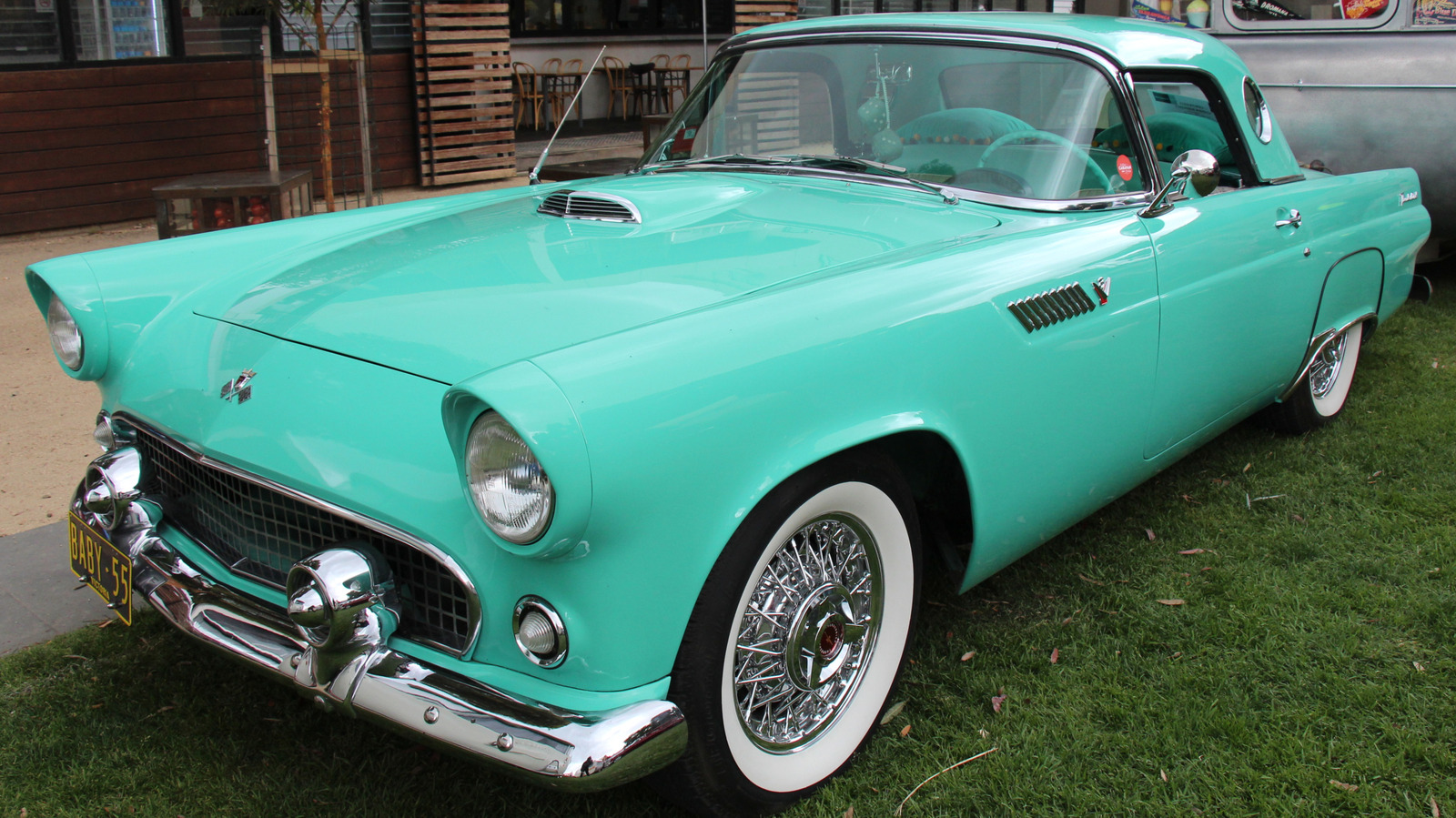
Cadillac Lyriq Leads GM’s Bold UK Comeback With Premium Electric SUVs and More Models...
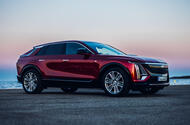 GM returns to UK with Cadillac's premium SUVs, and other brands could follow
GM returns to UK with Cadillac's premium SUVs, and other brands could follow
The boss of General Motors Europe says the UK is a key market for the firm’s continental ambitions, and it will finally bring Cadillac models here “soon” – with more brands promised to follow.
GM established its new European arm in Zurich in 2021, with a plan to bring an all-electric line-up of cars to market. So far that has materialised as just the €79,000 (£68,000) Lyriq SUV, which arrived in 2023 and is currently only sold in Switzerland, France, Sweden and Germany.
In the UK, GM’s presence amounts to the Chevrolet Corvette Stingray, hybrid E-Ray and track-focussed ZR1, but CEO Pere Brugal, speaking to Autocar for the first time since taking the helm, said it would not be long before the Lyriq will arrive here, given that right-hand-drive production cars were completing final testing in Ireland.
He added: “We have a plan for these to come. It is one of the [markets] that we’re focusing on right now. It’s coming close.”
When that car does arrive, it will be joined by another model, said Brugal, because GM wants to arrive in the UK with more than just one mainstream offering.
“We want to make sure we launch not only with one model portfolio,” he told Autocar, speaking at Goodwood’s Festival of Speed. “We want to make sure we launch with at least a two-model portfolio.”
Brugal wouldn’t confirm what the second car would be, but the most likely option is the Optiq premium SUV (pictured below). That model is due on sale early next year, suggesting that a possible entrance to the UK market could coincide with its launch.
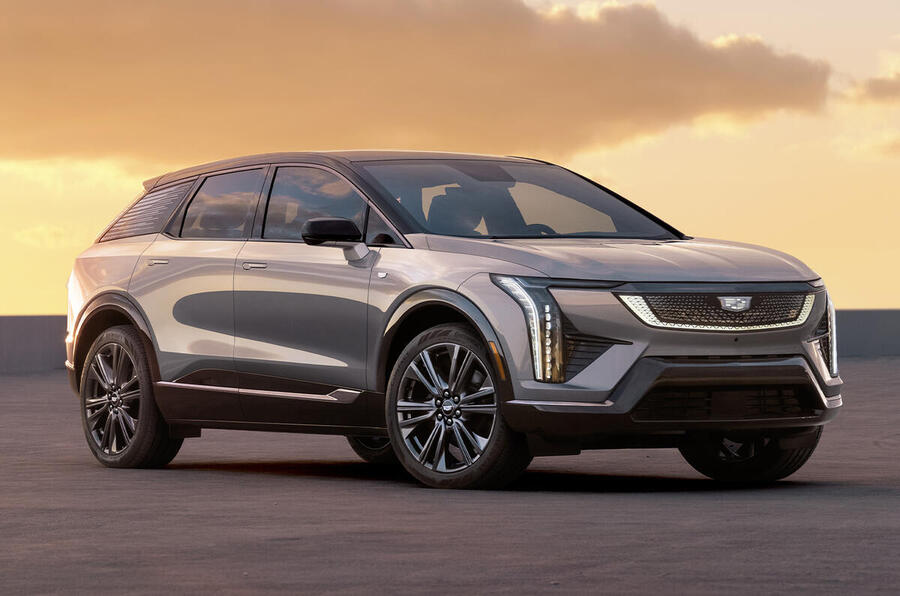
Following this, Brugal said, the plan was to bring even more models to the UK market. Asked if the likes of the Chevrolet Equinox and Blazer were part of the plan, he replied:“We have a lot of close relations and collaboration with our headquarters in Detroit. That’s where we discuss what are the global trends, what do customers want, and then also what are the region-specific needs.
“We look at our links from a global perspective, and then we decide which are the programmes we’re going to bring to Europe.”
Brugal added that the key to bringing an even wider portfolio of GM cars to the UK and Europe quickly would be down to legislation, given that some cars sold in the US, for example, could not be sold in Europe given the disparity in emission regulations and safety standards.
“If the regulations between the US and Europe harmonise, it will make our life easier," he said. "We will bring a lot of benefit to the final customer, because that will increase the range of options.”
Europe could even get its own bespoke GM model, said Brugal. While not yet confirmed, the possibility is being considered given the different wants and expectations of buyers in different markets.
“We craft cars that we don’t have in the US, but we have them in other markets," Brugal said. "We have cars that are specific for the South America region, and we can have cars that are more of an Asia or China portfolio.
“Not all of them are available in the US, and not everything which is available in the US is available for China customers or European customers.
“In the future, can it be that [we create a] car that is [just] for Europe, Australia, New Zealand, Japan or Korea Maybe it can be.”
In the near-term, each brand that comes to the UK will have a separate retail strategy, he said, and not be grouped under one GM umbrella – like JLR, for example.
“We don’t envisage a future where we’re going to be mixing Cadillac with Corvette,” he said. “Corvette has its own DNA, and it’s going to be staying as a standalone brand. Cadillac has its own entity as well."
As such, they will be sold in different ways. For example, while Corvette will continue to be sold via dealer partners such as Arnold Clark, Cadillac will instead use an online-based agency model supported by “experience” pop-up stores.
Brugal added: “We have two business models for Cadillac. One is a traditional distributor model, that’s the one we will use for the smaller markets, such as Ireland or Norway. But when we think about the big, big markets in Europe, we are going with a D2C [direct to customer model].”
Asked why he decided not to use a traditional dealer model, Brugal said: “Our D2C is focused on creating impact and explaining who we are as a brand and making sure that people understand the brand and explore the car.” He added that aftersales will be provided by partners.
Mystery of Blue Traffic Lights Unveiled What Drivers Need to Know

New Citroen C5 Aircross Redefines Family SUVs with Bold Design, Spacious Comfort, and Affordable...
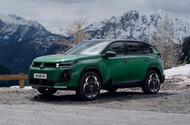 Second-generation family crossover is bigger than its predecessor; deliveries start October
Second-generation family crossover is bigger than its predecessor; deliveries start October
The new Citroën ë-C5 Aircross has gone on sale, priced from £34,065, undercutting key rivals such as the Skoda Enyaq by £5000.
The SUV was revealed in April with a bold new design language and the option of electric power for the first time, as the French brand renews its assault on Europe's crucial crossover market.
The new C5 also goes on sale with combustion-engined power from £30,495. That starting price is £2000 more than the car it replaces and puts it in the same bracket as rivals such as the new Mazda CX-5 and Nissan Qashqai.
The range starts in base You! trim, which includes a 13in touchscreen with built-in navigation, wireless phone charger, adaptive cruise control and 18in alloys.
Pricing tops out in Max trim at £35,775 for the ICE model and £39,345 for the EV. This adds premium materials, a larger head-up display, heated front seat and steering wheel, electric tailgate and a heatpump for the EV.
Prices for the EV could drop by as much as £3750 if the model is eligible for the UK government's new electric car grant - eligible cars will be named on 11 August.
Based on parent company Stellantis's new STLA Medium architecture (as used by the Peugeot 3008 and Vauxhall Grandland), the second-generation C5 Aircross is the flagship of an overhauled Citroën line-up and sits above recently refreshed and renewed versions of the Ami, C3 and C4.
At launch, the C5 Aircross is offered as either a 143bhp hybrid (which pairs a 1.2-litre three-cylinder petrol engine with a small electric motor) or a 207bhp EV with a 73kWh battery giving 322 miles of range (or 321 miles in Max guise).
After launch, two other powertrains will be offered. One is a plug-in hybrid set-up that pairs a 1.6-litre four-cylinder petrol engine with an electric motor and a 21kWh battery for 193bhp and 53 miles of engine-off driving. The other is a 227bhp EV that uses a larger 97kWh pack to offer 421 miles of range.
DESIGN
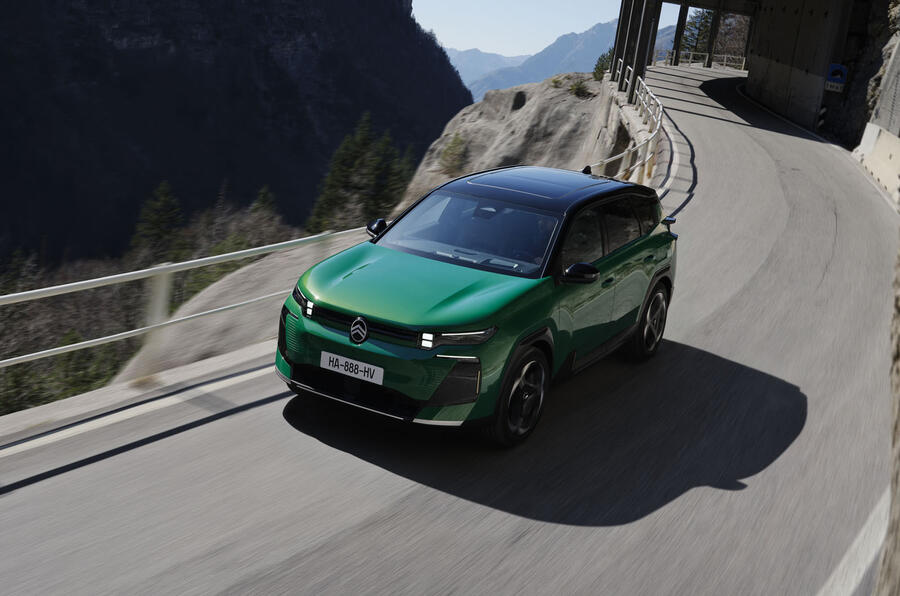
As promised to Autocar by designer Pierre Leclerq, the production version of the new C5 Aircross stays true to the bold concept car that was revealed last year at the Paris motor show. It retains the minimalistic two-box silhouette of the previous C5 Aircross but features a wide-reaching focus on aerodynamics in a bid to increase efficiency.
It's bigger than the Mk1, having grown 150mm in length to 4652mm in order to facilitate a substantial 60mm increase in wheelbase - "almost all of which is in the rear leg room", according to Citroën.
Citroën has exploited the more substantial footprint to create what it calls a 'C-Zen Lounge' inside, where "occupants are seated as if in a living room".
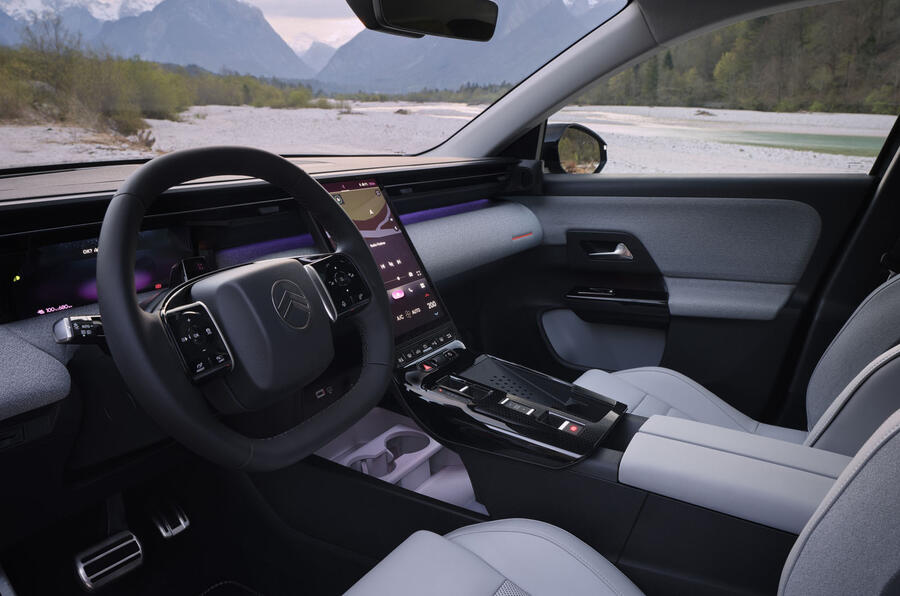
The dashboard in particular has been designed with influence from traditional living room furniture, with distinctive foam fabric padding that is reminiscent of a sofa and available in a choice of light or dark colours. The ambient lighting can also be configured in eight colours.
At the centre of this new dashboard is an expansive 'floating' touchscreen that Citroën says is the largest yet fitted to a Stellantis car. It largely replaces physical controls but has been designed for ease of access on the move, with fixed status and control bars, programmable widgets and direct access to the climate control.
Smartphone mirroring and a 10in digital display are equipped as standard, and drivers can use the 'Hello Citroën' voice control function to control various in-car functions - with AI support from ChatGPT.
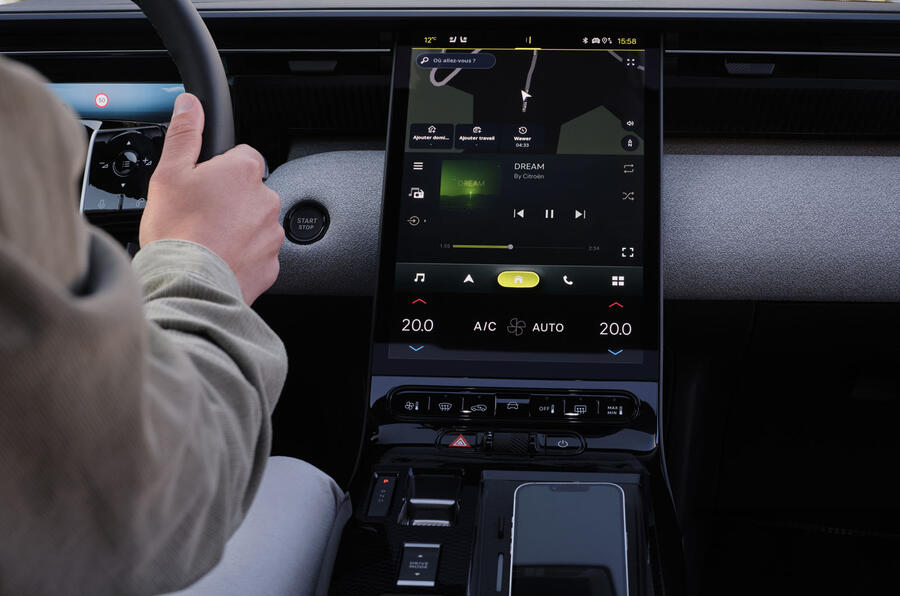
A head-up display – 30% larger than that of its predecessor – is available in the top Max trim
Meanwhile, the 'Advanced Comfort' seats have been upgraded to give "a level of comfort never seen" in the C5 Aircross, with thick lower padding on the backrest and bolster and an upper portion that "wraps around passengers' shoulders like a shawl". The side bolsters are now electrically adjustable, too.
In the back, passengers are said to have 51mm more knee room and 68mm more head room than before, plus extra adjustability courtesy of a backrest that can be reclined between 21deg and 33deg - "adding to the sensation of travelling in comfort class".
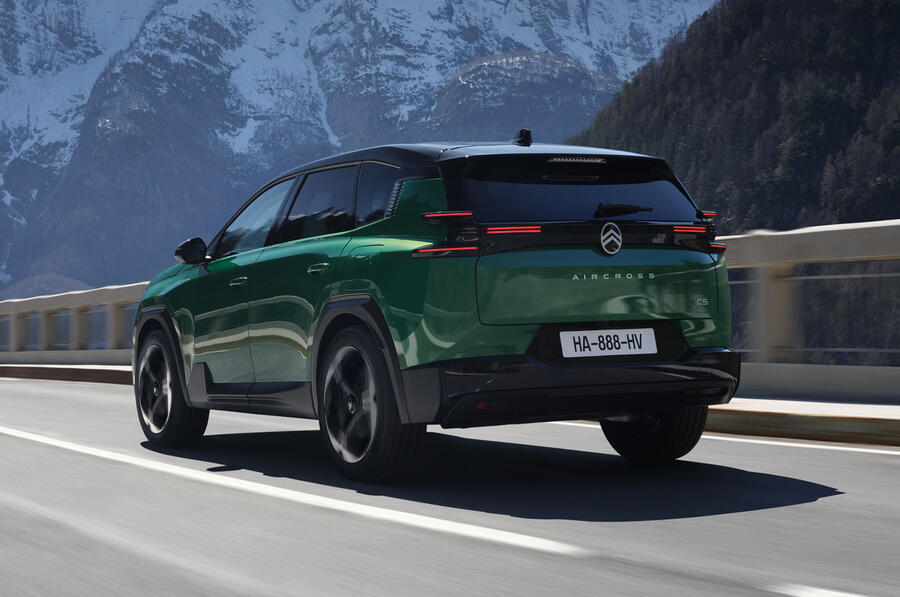
Rear passengers can also make use of a pair of cupholders in the centre console, together with a pair of USB-C charging ports.
The increase in footprint also makes for a much bigger boot: there are now 651 litres of load space behind the back seats – almost 150 litres more than in the Nissan Qashqai. That rises to 1668 litres with the seat folded.
There's a 75-litre hidden space beneath the boot floor, too, where the EV's charging cable can be stored.
Why Electric Cars Are Making More Drivers Feel Car Sick
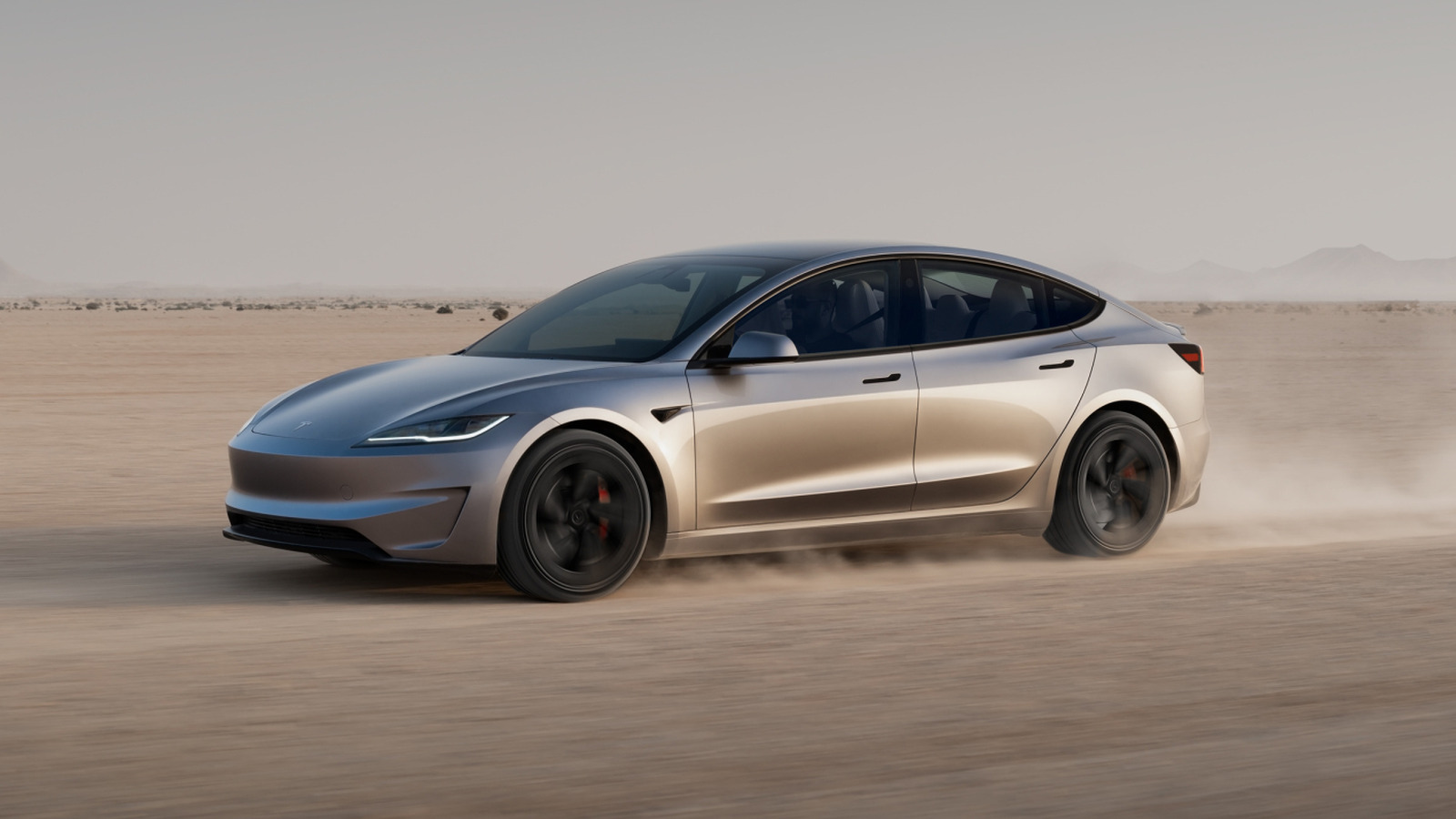
Maserati and Alfa Romeo Join Forces for Exclusive Manual Supercar Celebrating Italian Performance Heritage
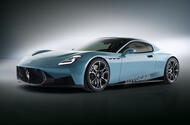 Maserati and Alfa boss reveals plan for two firms to collaborate once again on a limited-run supercar
Maserati and Alfa boss reveals plan for two firms to collaborate once again on a limited-run supercar
Maserati is considering a new flagship super-GT with V6 power and a manual gearbox as part of a drive to emphasise its sporting heritage and strengthen the brand’s luxury credentials.
Set to be a limited-run creation, the new top-rung Maserati could be launched as early as next year as the most exclusive and powerful combustion-engined car the firm has produced since the MC12 landed two decades ago.
It is tipped to be based on the Granturismo and will be twinned with an equivalent Alfa Romeo model, similar to the way in which the new Alfa 33 Stradale is based on Maserati’s MC20.
Speaking to Autocar at the Goodwood Festival of Speed earlier this month, Santo Ficili, who is CEO of both marques, said: “We have infinite possibilities to customise products for our customers, for the entire range of Maserati. I’m imagining to do something like we did in the past, also considering Alfa Romeo.”
Ficili referenced previous collaborations between the two firms, highlighting that the Alfa Romeo 8C Competizione was based on the previous Maserati Granturismo and built alongside that car at Maserati’s plant in Modena, where the later 4C sports coupé was also produced.
More recently, Alfa Romeo turned to Maserati to provide the basis for the new 33 Stradale supercar, which shares its basic monocoque chassis and twin-turbocharged 3.0-litre V6 engine with the mid-engined MC20 (now rebadged MCPura).
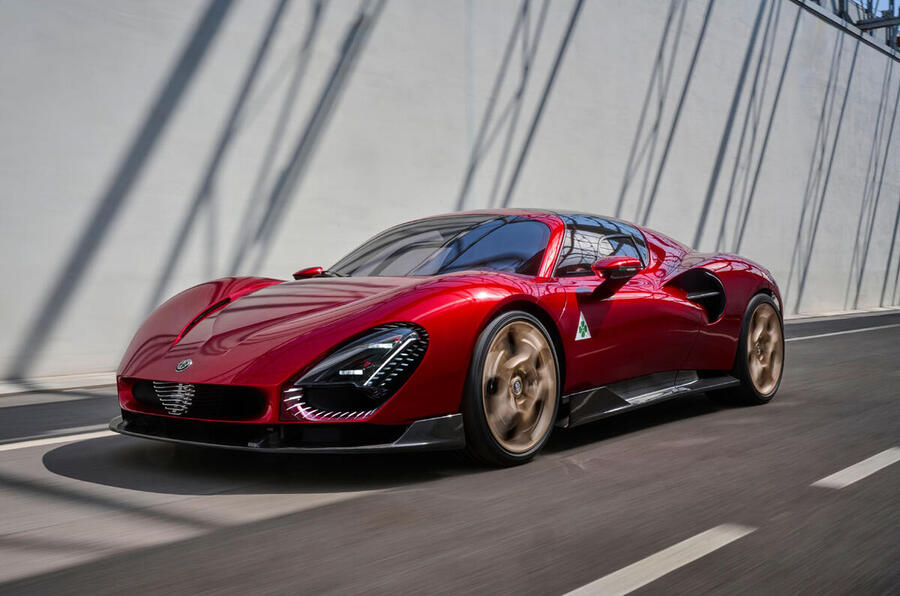
“We built the 4C and 8C in Modena, so why not?” said Ficili of the prospect of another limited-run supercar tie-up. “We can imagine a ‘few-off’ Maserati. It’s easy, because you can look at the past of these two brands, and you can find a nice car like the 33 Stradale, and we can invent something like this.”
Ficili stopped short of describing in more detail his vision for a new bespoke creation but suggested the aim is to use the new flagship to celebrate Maserati’s Nettuno V6 engine, as used in the Granturismo, Grecale and MCPura. “It’s a masterpiece,” he said.
It is likely that any V6-powered limited-run special would ramp up the Nettuno’s output beyond the 621bhp of the MCPura, in line with a price that would be well in excess of that car’s £230,000, but the firm is unlikely to use electrification to achieve that power boost.
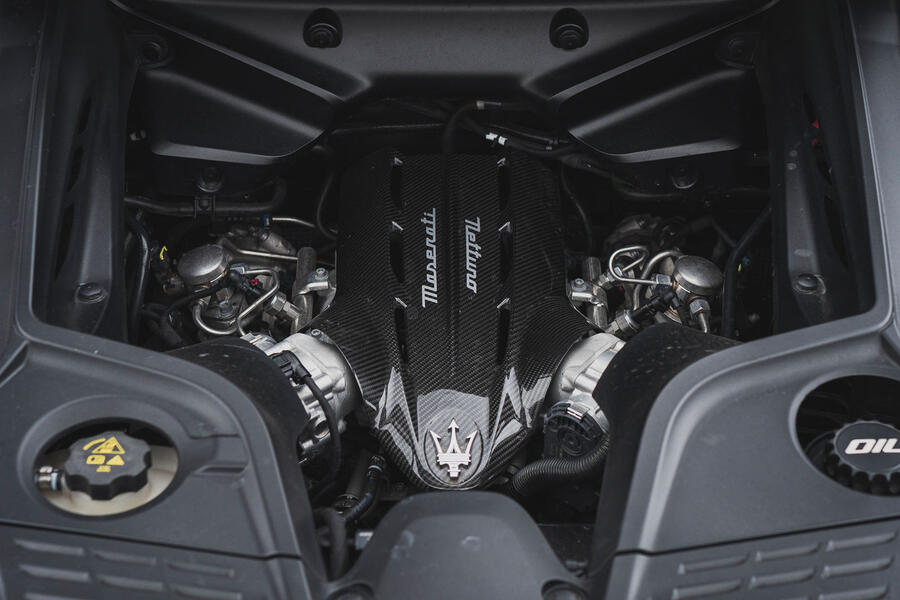
Maserati engineering boss Davide Danesin said: “There are still customers looking for pure mechanical cars.” He added that there is a “bad feeling” about having a battery on board a supercar, due to the heightened complexity and extra weight it brings.
The Nettuno’s “super-advanced” pre-chamber combustion technology and twin injection system help to cut emissions and boost performance, he said, and the engine is “getting to 210hp per litre with very efficient combustion”. That figure is why the MCPura can remain a pure-combustion car and it means Maserati can keep the V6 in production with the same power once Euro 7 regulations are in force.
Giving further clues to what a limited-run Maserati supercar could look like, Danesin even dropped a hint that it could reintroduce a manual gearbox to Maserati’s ranks for the first time in years.
He said: “A manual gearbox is an opportunity. I don’t see that in big series [production], but why not do a special version with a manual gearbox? No reason to say never. It could be the right choice for a limited edition of a car.”
He added that a manual gearbox would emphasise the ‘pure’, analogue ethos of a Maserati supercar. “By doing a purely mechanical car, it does make sense to have a mechanical gearbox with a shifter,” he said. “So why not? It fulfils perfectly the brand. It fulfils perfectly our approach and the mindset. So honestly, I think one day we’ll do it.”
Ficili said he plans to emphasise Maserati’s Italian heritage going forward, adding that the company’s headquarters in Modena – “the middle of Motor Valley” – is “the right place” to build sports cars. The firm will shortly begin production of the Granturismo and Grancabrio at its factory there once again, having built the current generation at Fiat’s Mirafiori plant since 2023. Any new V6 special edition will be closely related to those cars.
Neither Danesin nor Ficili gave any indication of when this new supercar could break cover, but next year will be the 100th anniversary of the launch of Maserati’s first car, the Tipo 26 grand prix racer that won Italy’s legendary Targa Florio endurance race on its first competitive outing in 1926.
The following year, Alfa Romeo launched the venerable 6C 1500 sports car, which went on to win the Mille Miglia and the Spa 24 Hours. An Alfa Romeo version of Maserati’s next limited-run sports car would no doubt celebrate the centenary of that seminal model.
Alfa has already confirmed it will reveal a second supercar in 2026 from its new 'Bottega' division for limited-run cars, which launched with the 33 Stradale.
How Exhaust Brakes Quietly Boost Safety in Diesel Trucks

Best Time of Year to Score Great Deals on Used Cars

The Remarkable Legacy of Henry Leland and His Luxury Automotive Brands
